Home>Gardening & Outdoor>Landscaping Ideas>How Deep Do Grass Roots Grow
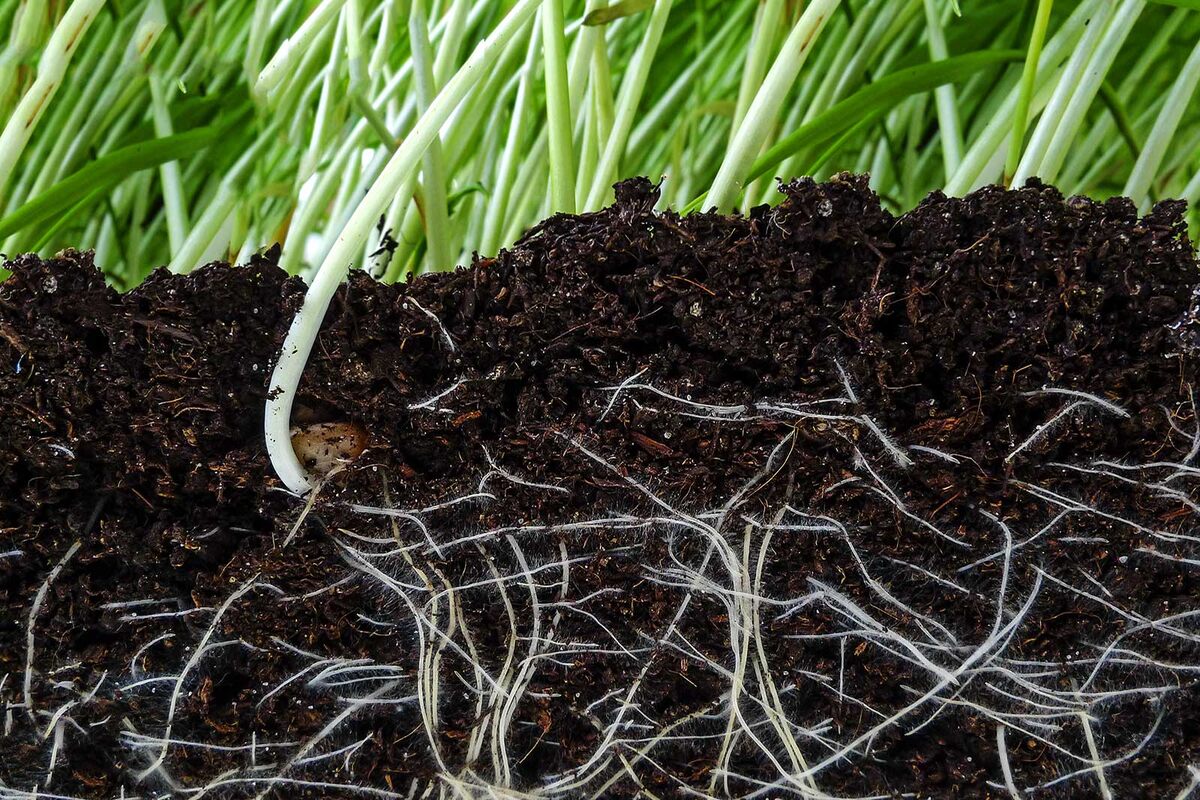

Landscaping Ideas
How Deep Do Grass Roots Grow
Published: January 23, 2024
Discover how deep grass roots grow and get expert landscaping ideas to promote healthy root development for your lawn. Explore the best practices for nurturing your grass with our comprehensive guide.
(Many of the links in this article redirect to a specific reviewed product. Your purchase of these products through affiliate links helps to generate commission for Storables.com, at no extra cost. Learn more)
Introduction
Read more: How Deep Do Bermuda Grass Roots Grow
The Fascinating World Beneath Our Feet
Have you ever paused to ponder the hidden world beneath a lush, green lawn? While the vibrant blades of grass captivate our attention, it's the intricate network of roots that truly sustains the beauty and vitality of the lawn. In this article, we'll delve into the captivating realm of grass roots, exploring their structure, depth, and the factors that influence their growth. Understanding the profound role of grass roots not only enriches our knowledge of landscaping but also empowers us to cultivate thriving, resilient lawns.
The intricate subterranean architecture of grass roots is a testament to nature's remarkable ingenuity. These resilient structures serve as the foundation of healthy, verdant lawns, anchoring the grass firmly in the soil while facilitating the uptake of essential nutrients and water. As we embark on this exploration, prepare to unearth a wealth of insights that will deepen your appreciation for the often overlooked, yet vital, world beneath our feet.
Key Takeaways:
- Grass roots are like hidden superheroes, anchoring the lawn and absorbing nutrients. Factors like grass species, soil, and watering affect root depth and lawn resilience.
- Deep grass roots are essential for a healthy, stable lawn. Choosing the right grass, watering wisely, and nurturing the soil can promote resilient, deeply-rooted landscapes.
The Structure of Grass Roots
Grass roots, the unsung heroes of a thriving lawn, boast a remarkable and complex structure that is essential for the health and resilience of the grass. These underground wonders consist of two primary types of roots: fibrous roots and seminal roots. Fibrous roots, which originate from the stem base, form a dense, interconnected network just beneath the soil surface. In contrast, seminal roots, also known as primary roots, extend deeper into the soil, providing stability and enabling the grass to access vital resources.
At the microscopic level, grass roots exhibit a fascinating array of specialized cells and tissues. The root cap, located at the tip of each root, shields the delicate meristematic cells behind it as the root navigates the soil. These meristematic cells are responsible for the continuous growth and development of the root, ensuring that it can adapt to its subterranean environment. As the root elongates, it gives rise to multiple layers of tissues, each with distinct functions that contribute to the root's overall resilience and functionality.
Furthermore, the symbiotic relationship between grass roots and mycorrhizal fungi is a testament to the intricate web of connections that define the natural world. Mycorrhizal fungi form mutually beneficial associations with grass roots, extending their reach and enhancing the root system's ability to absorb water and nutrients. This remarkable partnership exemplifies the interconnectedness of life beneath the surface, underscoring the profound complexity of the grassroots ecosystem.
As we marvel at the hidden intricacies of grass roots, it becomes evident that their structure is optimized for resilience, resource acquisition, and symbiotic interactions. This profound understanding sets the stage for exploring the factors that influence the depth and vitality of grass roots, shedding light on the dynamic forces that shape the subterranean landscape of our lawns.
Factors Affecting Grass Root Depth
The depth to which grass roots extend is influenced by a myriad of factors, each playing a crucial role in shaping the resilience and vitality of the lawn. One of the primary determinants of root depth is the type of grass species. For instance, cool-season grasses such as Kentucky bluegrass and fescue tend to develop deeper root systems compared to warm-season varieties like Bermuda grass. This divergence in root depth is a reflection of the evolutionary adaptations of different grass species to their respective environments, highlighting the intrinsic link between root depth and ecological niche.
Soil composition and structure also exert a profound influence on grass root depth. Well-aerated, loamy soils provide an optimal environment for root penetration and proliferation, allowing grass roots to delve deeper in search of water and nutrients. In contrast, compacted or clay-rich soils can impede root growth, restricting the depth to which the roots can extend and compromising the overall health of the grass. By fostering soil conditions conducive to robust root development, landscapers and homeowners can nurture resilient, deeply-rooted lawns that are better equipped to withstand environmental stressors.
Water availability, both in terms of quantity and frequency, is another critical factor shaping grass root depth. In regions characterized by sporadic rainfall or drought conditions, grass roots are driven to explore deeper soil layers in pursuit of moisture, thereby enhancing their resilience in the face of water scarcity. Conversely, frequent irrigation that saturates the soil near the surface may discourage roots from delving deeper, potentially compromising the lawn’s ability to withstand dry spells and heat stress.
Furthermore, cultural practices such as mowing height, fertilization, and aeration profoundly impact grass root depth. Regular mowing at an appropriate height encourages the development of deeper roots, as it minimizes stress on the grass and promotes vigorous root growth. Strategic fertilization and aeration contribute to soil health and structure, fostering an environment that encourages roots to extend deeper into the ground.
By comprehensively understanding the diverse factors that influence grass root depth, landscapers and homeowners can implement targeted strategies to promote the development of deep, resilient root systems. This holistic approach to lawn care not only enhances the aesthetic appeal of the landscape but also fortifies the grass against environmental challenges, ensuring its long-term vitality and vibrancy.
The Importance of Deep Grass Roots
Deep grass roots are the cornerstone of a resilient and thriving lawn, endowing it with the fortitude to endure environmental stressors and maintain lush, verdant beauty. The significance of deep roots extends beyond mere structural support, encompassing a myriad of benefits that underpin the health and vitality of the grass.
One of the primary advantages of deep grass roots lies in their enhanced access to water and nutrients. By delving into deeper soil layers, grass roots can tap into reserves of moisture and essential minerals that are beyond the reach of shallow-rooted lawns. This heightened access to vital resources equips the grass with a greater capacity to withstand drought conditions and periods of water scarcity, fostering resilience in the face of environmental fluctuations.
Furthermore, deep grass roots contribute to the overall stability and erosion resistance of the soil. Through their extensive network, deeply-rooted grasses anchor the soil, mitigating the risk of erosion and preserving the integrity of the landscape. This soil stabilization effect is particularly valuable in sloped areas or regions prone to heavy rainfall, where erosion poses a significant threat to the landscape’s sustainability.
Deep roots also play a pivotal role in sequestering carbon and mitigating the impact of climate change. As grass roots penetrate deeper into the soil, they facilitate the storage of carbon, contributing to the mitigation of greenhouse gas emissions. This vital ecosystem service underscores the far-reaching environmental benefits of cultivating deeply-rooted lawns, aligning with broader efforts to combat climate change and promote ecological resilience.
Moreover, the resilience conferred by deep grass roots extends to the overall health and vigor of the lawn. Deeply-rooted grasses exhibit greater tolerance to environmental stressors, such as heat, cold, and disease, fostering a robust and enduring landscape. This resilience reduces the reliance on external inputs, such as irrigation and fertilizers, promoting sustainable lawn management practices that minimize environmental impact.
By recognizing the multifaceted advantages of deep grass roots, landscapers and homeowners can prioritize strategies that promote robust root development, nurturing lawns that are not only visually captivating but also ecologically resilient. The profound impact of deep roots reverberates across the landscape, fostering a harmonious coexistence between nature and human habitation while enriching the aesthetic and functional qualities of outdoor spaces.
Grass roots typically grow to a depth of 2-6 inches in the soil. To encourage healthy root growth, water deeply and infrequently, and avoid compacting the soil.
Read more: How Deep Is Turf Grass Root
Methods for Promoting Deep Grass Roots
Cultivating deep grass roots is a transformative endeavor that bestows resilience and vitality upon the lawn, nurturing a landscape that thrives in the face of diverse environmental challenges. Employing targeted methods to promote robust root development is essential for fostering deeply-rooted lawns that exhibit enduring health and vigor.
One of the fundamental strategies for encouraging deep grass roots is to select grass species known for their propensity to develop extensive root systems. Cool-season grasses such as tall fescue and perennial ryegrass are renowned for their deep root penetration, making them ideal choices for homeowners seeking to cultivate deeply-rooted lawns. By choosing the right grass species, landscapers lay a solid foundation for nurturing resilient, deeply-anchored landscapes.
Strategic irrigation practices play a pivotal role in promoting deep root growth. Implementing infrequent, deep watering sessions encourages grass roots to delve deeper into the soil in search of moisture, fostering robust root systems that are adept at withstanding drought conditions. Additionally, incorporating moisture sensors and smart irrigation systems enables precise control over water application, preventing surface saturation that may hinder root development.
Maintaining an optimal mowing height is a simple yet effective method for promoting deep grass roots. Allowing the grass to grow slightly taller encourages the development of extensive root systems, as the heightened foliage harnesses sunlight to produce energy that fuels robust root growth. This approach minimizes stress on the grass and fosters a resilient, deeply-rooted lawn that thrives in its natural environment.
Aeration, a practice that involves perforating the soil with small holes to alleviate compaction and enhance air circulation, is instrumental in promoting deep root growth. By facilitating the exchange of gases and the infiltration of water, aeration fosters an environment conducive to robust root development, empowering grass to extend its roots deeper into the soil and access vital resources.
Furthermore, implementing a comprehensive soil care regimen that encompasses regular testing, amendment application, and organic matter incorporation is indispensable for nurturing deep grass roots. Well-aerated, nutrient-rich soils provide an optimal environment for root proliferation, fostering the development of resilient, deeply-anchored lawns that exhibit enduring health and vitality.
By integrating these targeted methods into their lawn care practices, landscapers and homeowners can cultivate deeply-rooted lawns that epitomize resilience, sustainability, and natural beauty. Through a harmonious synergy of strategic approaches and ecological mindfulness, deeply-rooted lawns emerge as vibrant, enduring landscapes that enrich outdoor spaces and harmonize with the surrounding environment.
Conclusion
Nurturing Resilient Landscapes Through Deep Root Development
As we conclude our exploration of grass roots, we emerge with a profound appreciation for the intricate world beneath our feet. The subterranean realm of grass roots, with its labyrinthine network and remarkable resilience, serves as the bedrock of thriving, enduring landscapes. By comprehensively understanding the structure, factors influencing depth, and the pivotal importance of deep grass roots, we unveil a wealth of insights that empower us to cultivate resilient, vibrant lawns that harmonize with nature.
The significance of deep grass roots extends far beyond mere structural support, encompassing a myriad of ecological, aesthetic, and functional benefits. From enhanced access to vital resources and soil stabilization to climate mitigation and overall landscape resilience, deep roots underpin the vitality and sustainability of outdoor spaces. This profound understanding instills a sense of stewardship and ecological mindfulness, inspiring landscapers and homeowners to prioritize strategies that promote robust root development and nurture deeply-rooted lawns that endure and thrive.
As we embrace the methods for promoting deep grass roots, from strategic species selection and irrigation practices to aeration and soil care, we embark on a transformative journey toward cultivating landscapes that embody resilience, sustainability, and natural beauty. The harmonious coexistence of deeply-rooted lawns with their surrounding environment exemplifies the profound interconnectedness of nature, enriching outdoor spaces and fostering a sense of ecological harmony.
Ultimately, the cultivation of deeply-rooted lawns transcends mere horticultural practice, evolving into a testament to our commitment to nurturing landscapes that endure and flourish. Through the synergy of strategic approaches, ecological mindfulness, and a deep-rooted reverence for the natural world, we cultivate outdoor spaces that captivate the senses, enrich the soul, and embody the enduring resilience of nature itself.
As we tread upon the verdant tapestry of our deeply-rooted lawns, we tread upon a living testament to the profound beauty and resilience of the natural world.
Frequently Asked Questions about How Deep Do Grass Roots Grow
Was this page helpful?
At Storables.com, we guarantee accurate and reliable information. Our content, validated by Expert Board Contributors, is crafted following stringent Editorial Policies. We're committed to providing you with well-researched, expert-backed insights for all your informational needs.
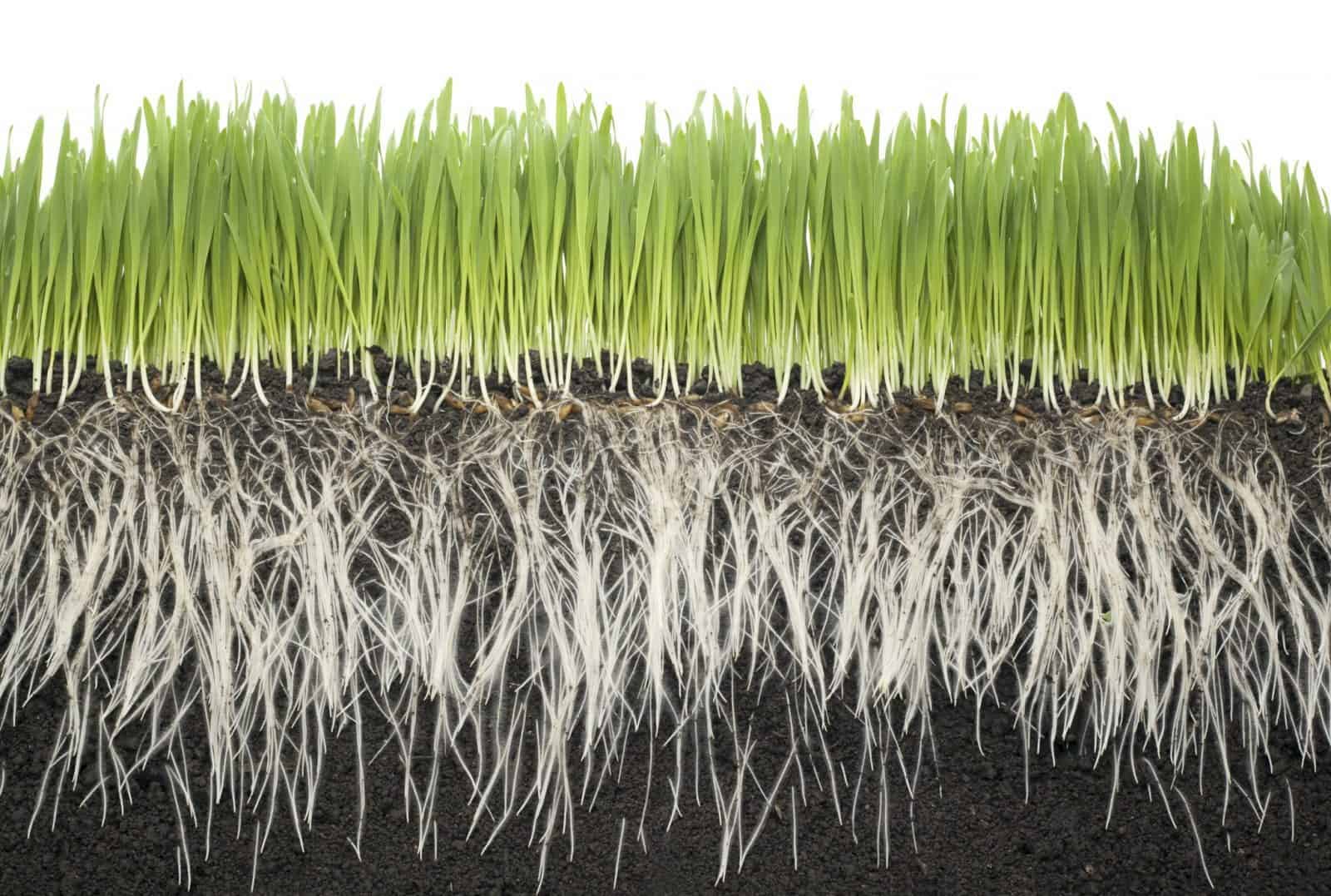
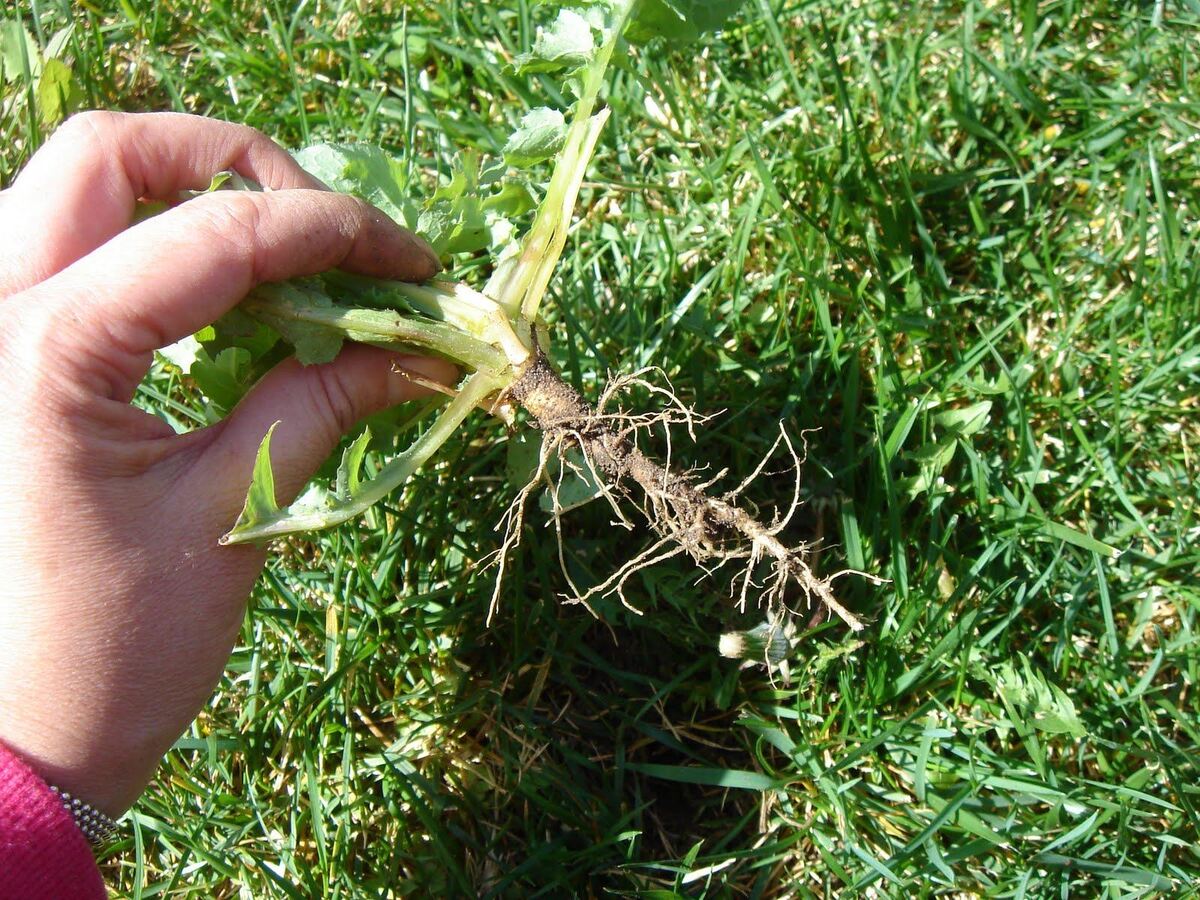
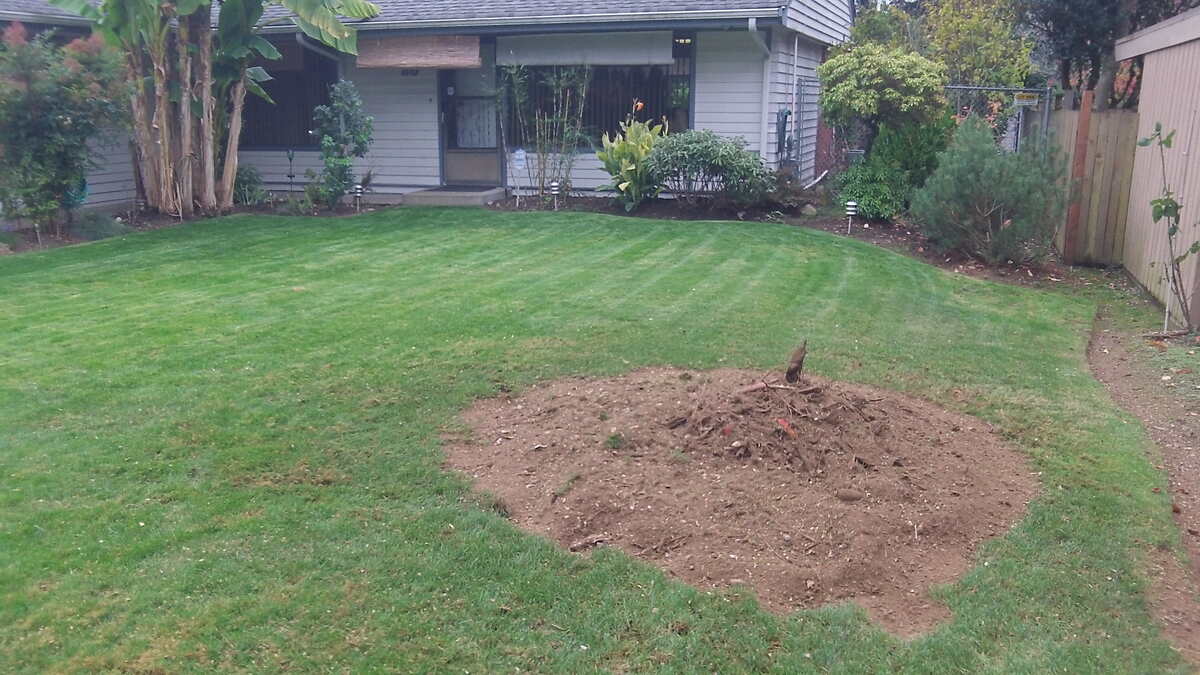
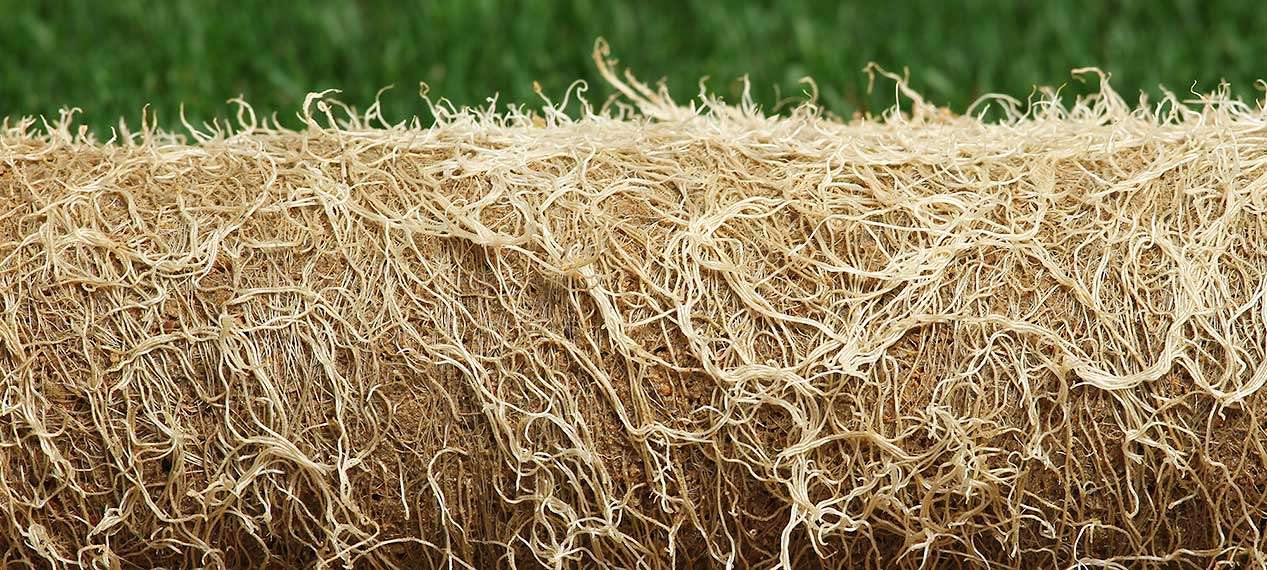
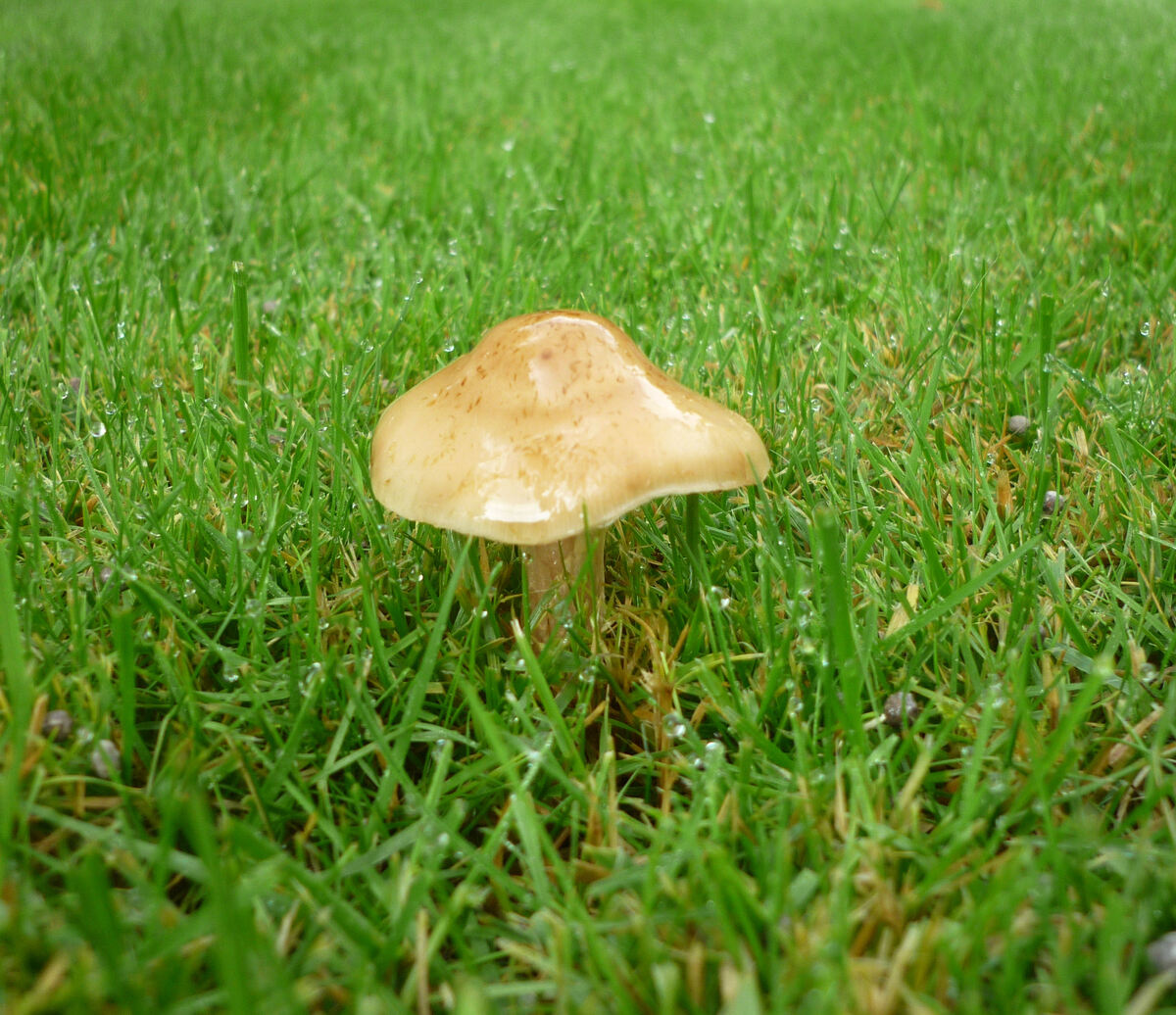
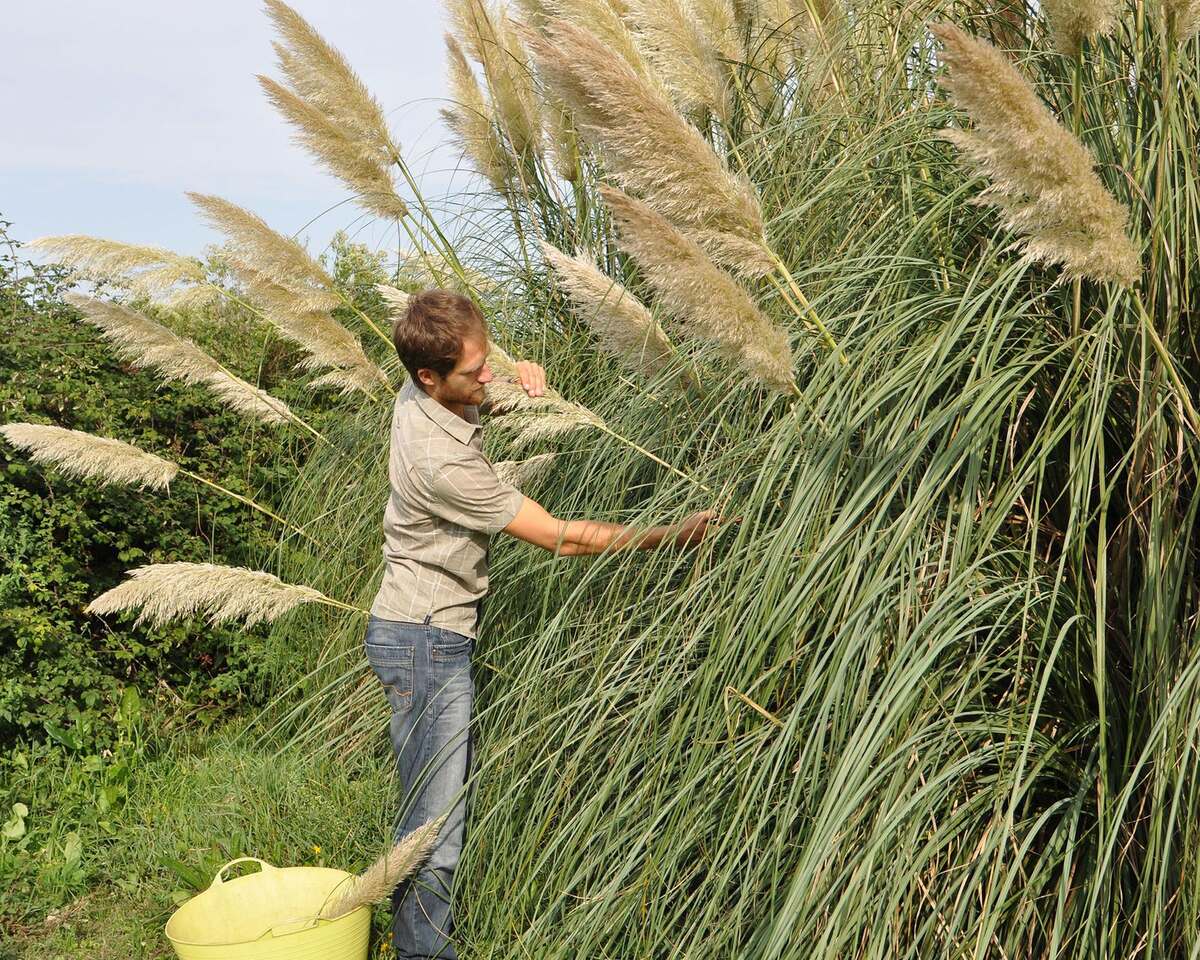



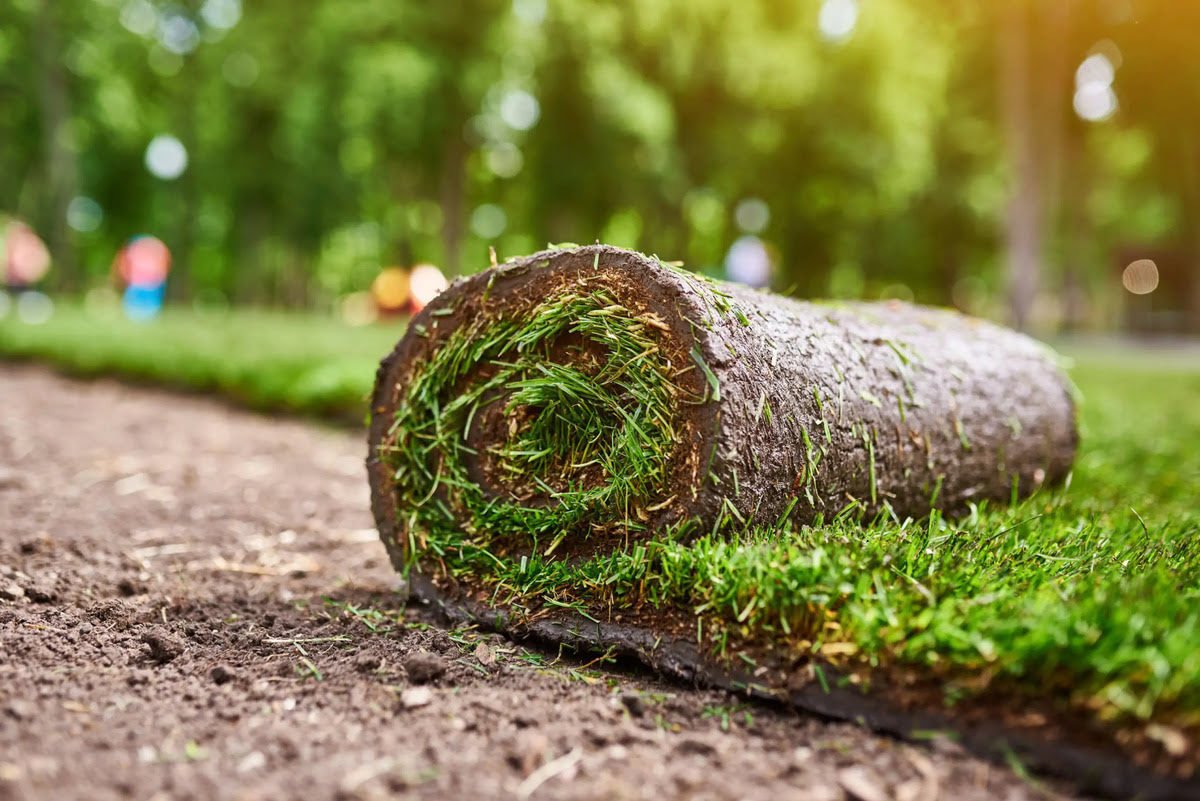
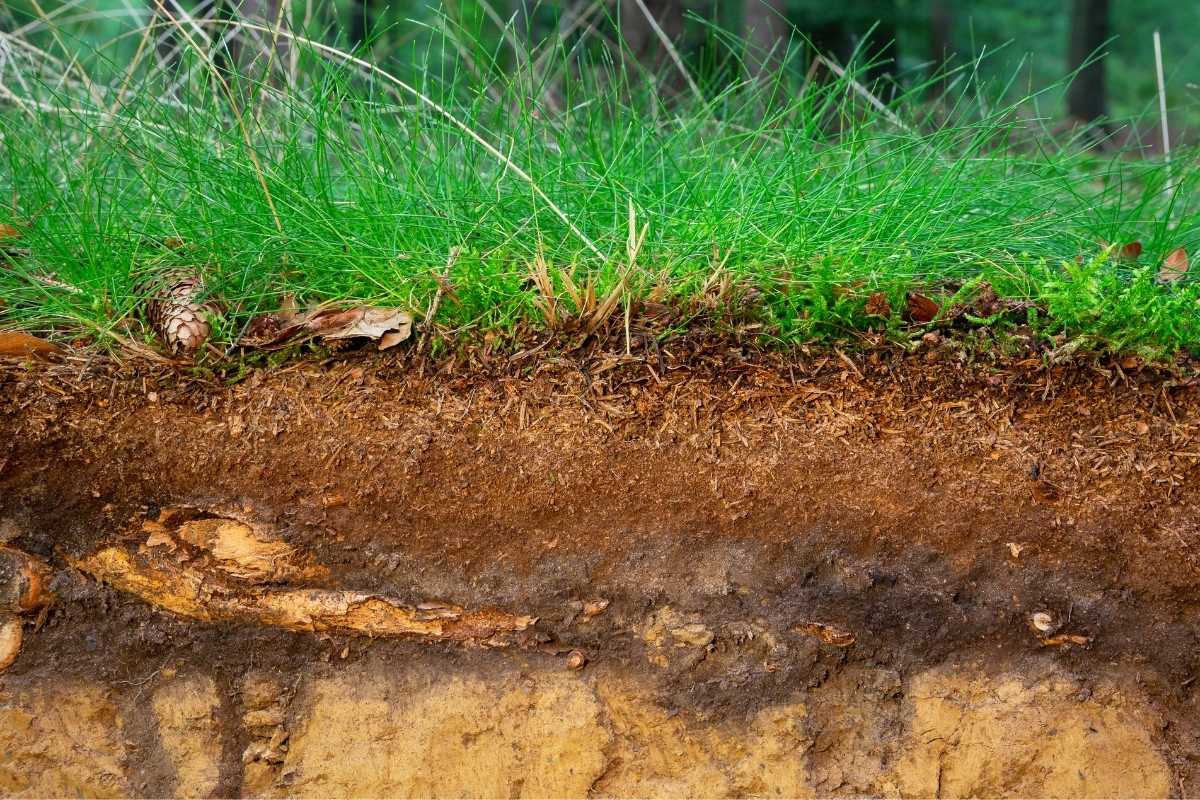
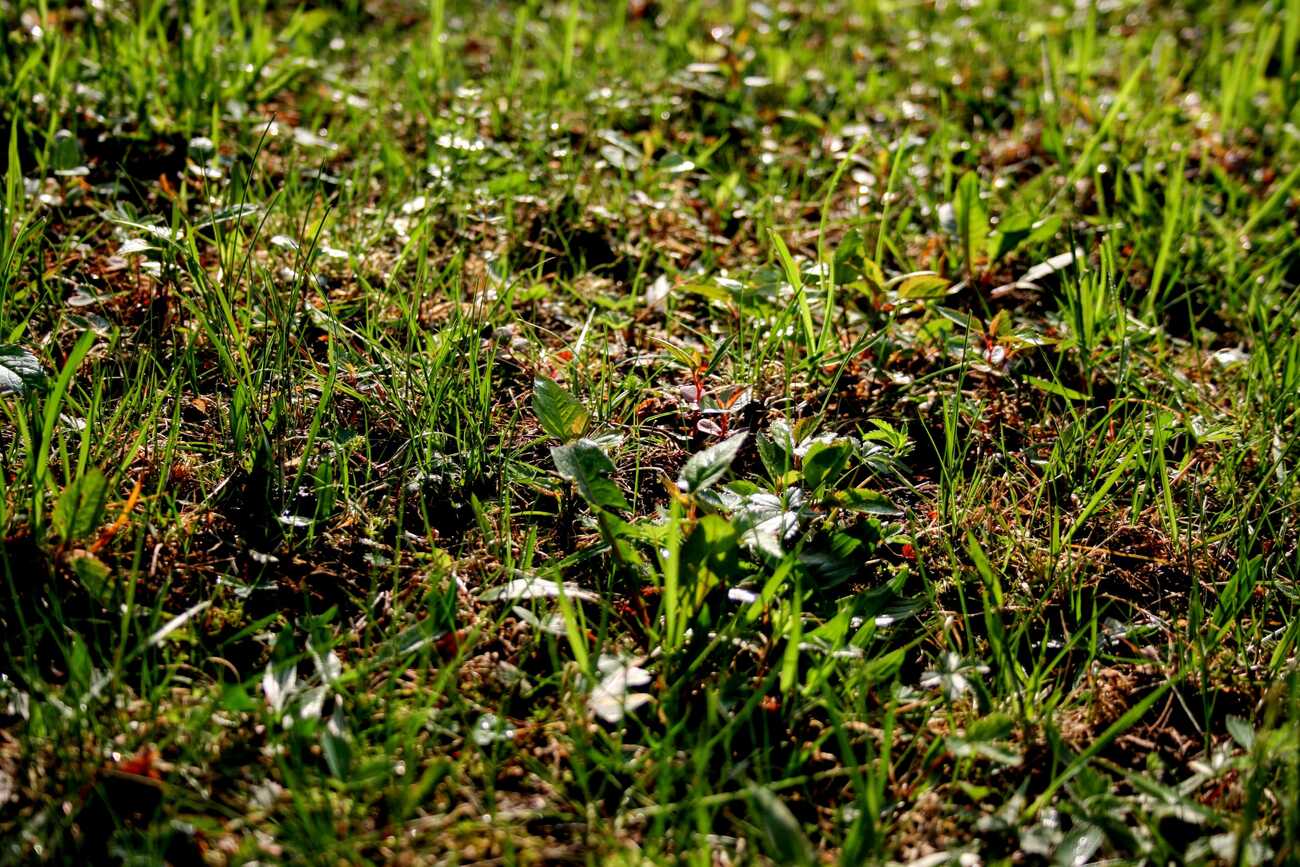
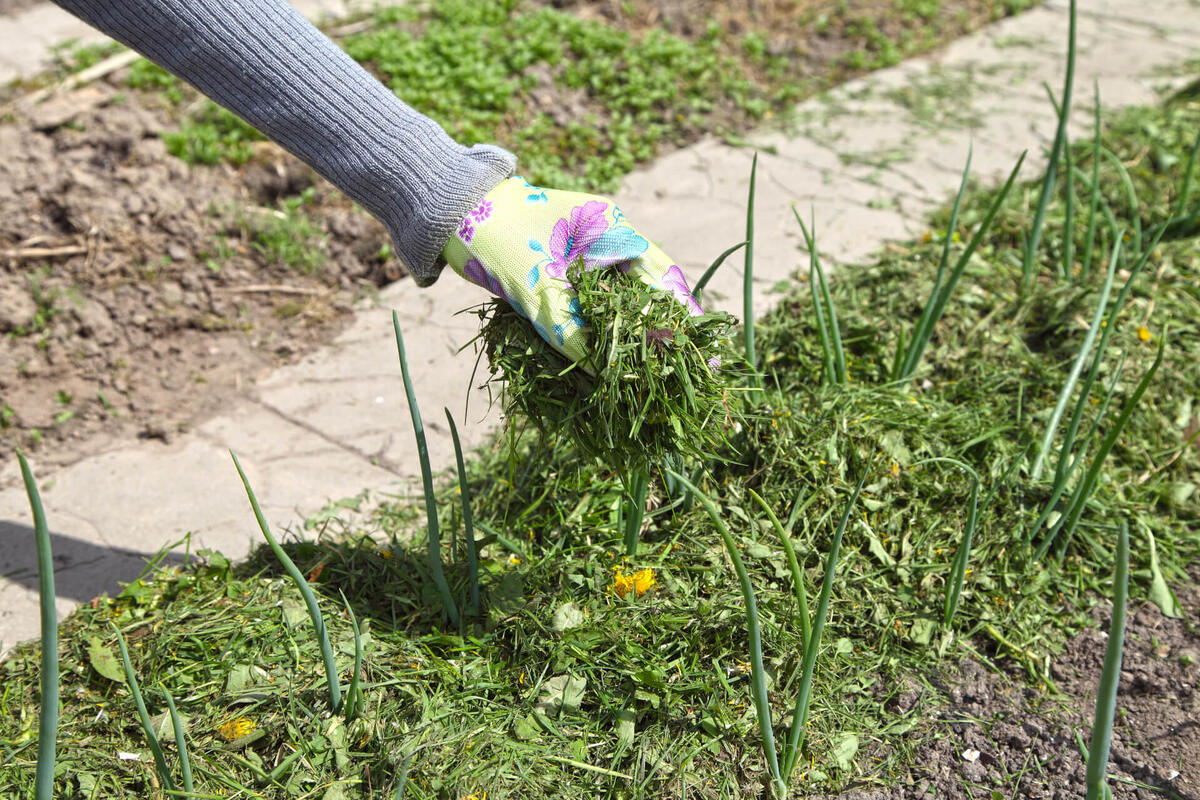


0 thoughts on “How Deep Do Grass Roots Grow”